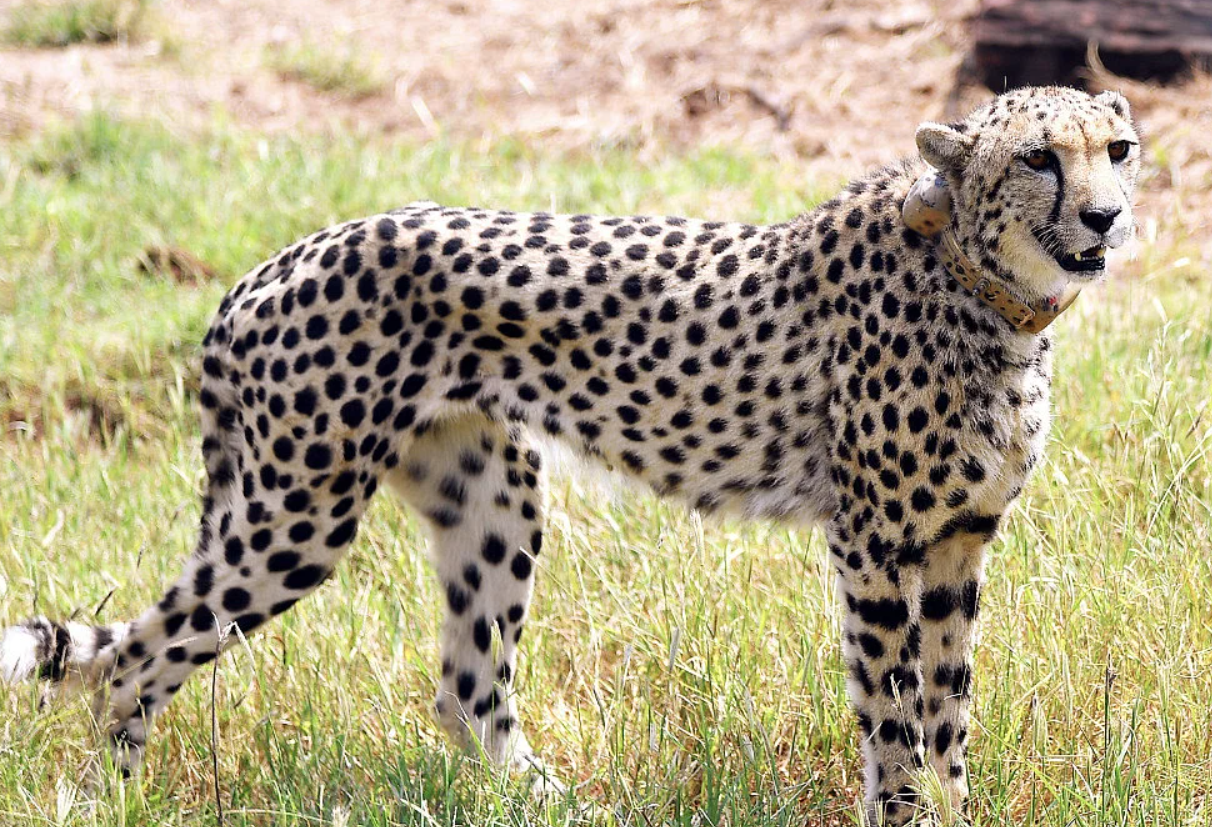


Persistent rumours of big cat sightings in Britain continue to capture attention, igniting excitement about potential large predators in the rural landscapes. A recent claim, featuring a photo shopped image of a big black cat, was debunked. Despite stories of captive releases, scientific evidence contradicts these tales. Keeping big cats as pets didn’t become illegal; regulations tightened. A 2022 survey found 2,500 dangerous animals owned, legally, by collectors in England. Licenses, inspections, and liability insurance are mandatory. The allure of British big cats endures, even as reality challenges the mystery.
Large cats leave their traces
In areas with big cats, their paw prints are common along roads, and the resounding roars of leopards can carry for kilometres. Livestock, especially cattle, goats, and sheep, often fall victim to attacks. Leopards sometimes kill multiple animals in one attack. Even in places with wild prey like large deer populations, livestock aren’t always safe from big cats, as studies show. Modern technology aids biologists in tracking these animals. Camera traps are used for routine studies of jaguars, leopards, tigers, snow leopards, clouded leopards, and lions. DNA advancements help identify species in an area through saliva, hair, and faeces analysis. Environmental DNA from water, soil, and air also provides insights. Cats’ territorial marking with faeces aids researchers. In a Zambian study, trained dogs collected cheetah faeces, revealing DNA insights: seven males and twelve females were present, more than observed. DNA testing aids wildlife research but can be manipulated, like photos or planted samples.
The big giveaway
If large cats like leopards and jaguars roamed free in the UK, their expansive home ranges would encounter inhabited areas and roads, leaving noticeable paw prints for walkers. Repeated sheep attacks would be a clear indicator of their presence, as these cats instinctively chase fleeing prey. Without a native population, UK big cats would likely be captive-born with no hunting experience, targeting confined sheep in fields. Prompt responses, like Germany’s 2023 lioness sweep, are expected. Instances such as the 2017 Welsh zoo lynx escape show authorities’ swift actions. While vague photos of UK big cats surface, the absence of clear images or sheep attacks suggests a lack of roaming big cats, bolstering doubts about their presence.